Top 5 Not-To-Miss Little Museums of Paris
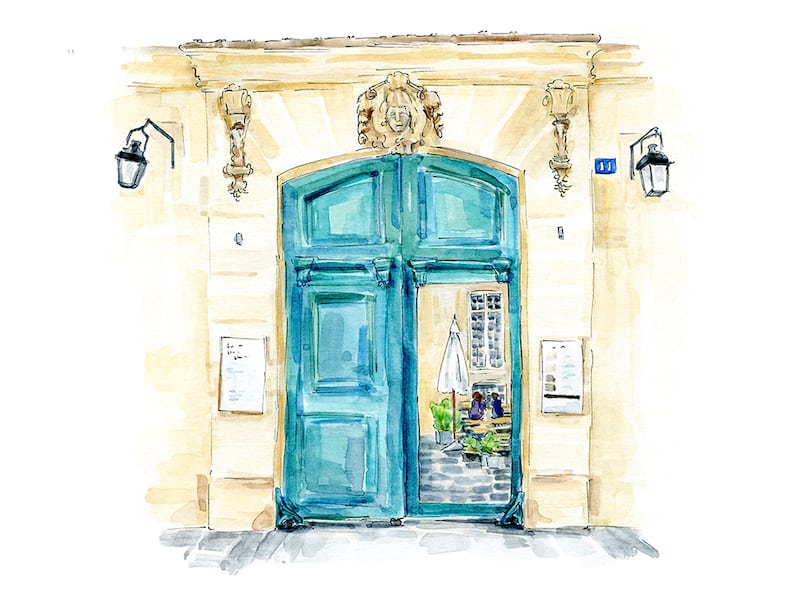
When multimedia journalist and illustrator Emma Jacobs moved to Paris in 2005, she was charmed by the city’s abundance of cultural riches, especially its more than 200 museums, both big and small.
Her passion to visit as many of the smaller ones as she could, was the genesis of her new book, The Little(r) Museums of Paris: An Illustrated Guide to the City’s Hidden Gems (Running Press, June 2019).
This informative and carefully researched guide, enhanced by Jacobs’ engaging watercolor illustrations, will inspire travelers to skip the lines at the Louvre and Musée d’Orsay and instead, seek out the not-so-famous little-r museums that are truly “hidden gems” worth seeing.
The author has graciously shared her picks of the Top 5 Little Museums in Paris, ones that visitors (and residents) should simply not miss. Her publisher, Running Press, agreed to sponsor a giveaway of the new title (see details below).
The Top 5 Not-To-Miss Little Museums of Paris
Adapted with permission from the book by Emma Jacobs, Running Press
1 – Institut Suédois (SWEDISH INSTITUTE)
Sweden’s only cultural center abroad owes its existence to Gunnar Lundberg, Sweden’s cultural ambassador to France in the 1960s. Planning to donate his extensive art collection to his country, he thought the sixteenth-century Hôtel de Marle would provide a suitable showcase. He convinced the Swedish government to purchase the then-dilapidated mansion in the Marais in 1965 and carry out extensive restorations.
Lundberg’s and the institute’s permanent collection highlight the artistic exchange between France and Sweden, including five Swedish artists inducted into the Académie Française in the eighteenth century. Look up in the gallery to see a rare, preserved Renaissance-era painted ceiling, rediscovered during the Swedish government’s renovation of the building.
Temporary shows of contemporary Swedish artists take place on the lower floors. Another highlight of the institute is its popular, light-filled coffee shop offering tasty Swedish pastries.
*The lead illustration of Institut Suédois is by Emma Jacobs.
2 – Musée Guimet (GUIMET MUSEUM)
Émile Guimet inherited a family business making a blue pigment that colored everything from paints to laundry detergent and used his fortune to travel extensively. In 1876, he convinced the French government to give him a diplomatic passport and a letter attesting that he was on an official mission to study Asian religions, then left on a two-year trip across the continent.
For Guimet, collecting Asian art and studying Asian religions and cultures went together.
“The work of art,” Guimet believed, “does not reveal the secret of its form and the full enjoyment of its beauty without prior knowledge of the myths and symbols.”
Guimet created a museum and library on Asian religions in Lyon. He later concluded it deserved the larger public it could reach in Paris and split construction costs of a new building with the French state.
The nineteenth century saw a boom in global archaeological missions. Guimet subsidized some himself, but a number of other expeditions would send their finds to the museum over decades. Eventually, the Guimet Museum also received the Louvre’s Asian collections.
The layout of the galleries still emphasizes historical context, following religious and aesthetic movements as they crossed the continent.
3 – Phono Museum
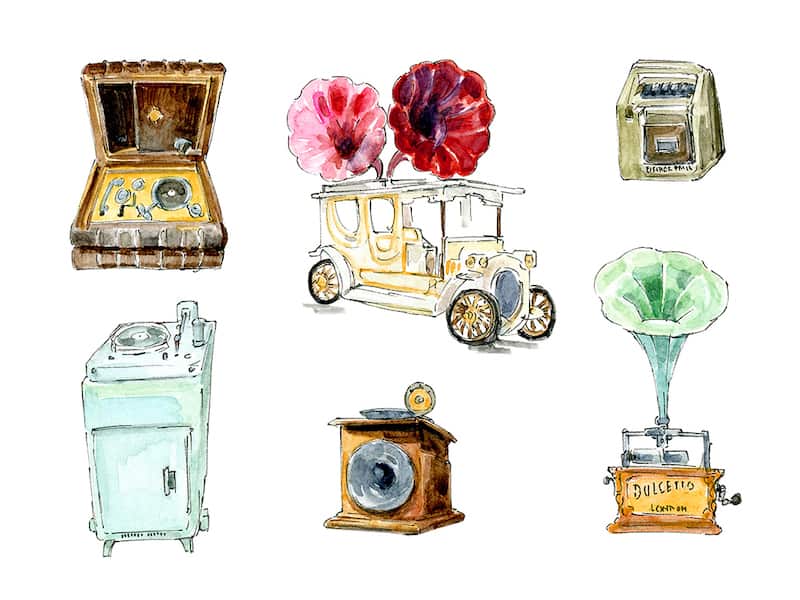
For many years, Jalal Aro and his wife Charlotte packed their apartment with vintage phonographs and gramophones.
“What was fun,” Aro said, “was that our kids would play with the things when they were very young. We would explain to them how they worked.”
Run by volunteers since 2014, the Phono Museum created from their collection has displayed sound recording technology dating back to a cabinet-size mechanical music box from Switzerland, completed in 1880.
Unlike many more traditional museums, the Phono Museum still regularly turns the machines in its collection on for visitors. Some play records, while others play wax cylinders that do degrade with use, making this a no-no for most conservators.
But, said Aro, “an instrument that makes music, if you don’t use it, it’s like you’ve let it die.”
4 – Musée Marmottan Monet (MARMOTTAN MONET MUSEUM)
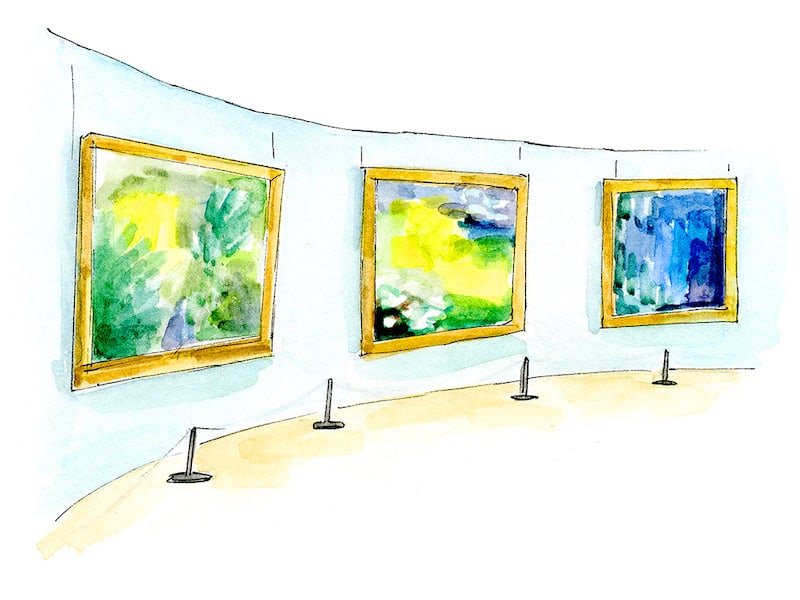
It’s a fair bet that Paul Marmottan would not have liked when the name Monet was eventually added beside his own to this museum. He would not have cared for the Impressionist paintings that now hang in his Empire-style dining room—think lots of gold and sphinxes.
In 1932, Marmottan left his mansion, with his collection of Empire art and furniture and his father’s fifteenth- and sixteenth-century paintings, to the Académie des Beaux-Arts.
The Académie hadn’t cared for the Impressionists either early on. It organized the Paris Salon, the artistic gathering of the year. The show’s exclusion of these renegades in 1870 led them to stage their independent exhibition in 1874. Claude Monet showed his painting Impression, Soleil Levant (sunrise), leading art critic Louis Leroy to derisively dub the group Impressionistes. The name, of course, stuck.
Today Impression, Soleil Levant hangs in an entire gallery dedicated to Monet—it was stolen in 1985 but recovered in Corsica in 1990. That iconic work was part of a number of bequests that gradually transformed this museum into something of a collection of collections. Two of the most significant came from Michel Monet, the painter’s son, and the descendants of another of the Impressionists, Berthe Morisot.
5 – Musée Clemenceau (CLEMENCEAU MUSEUM)
A writer and adamantly leftist politician, Georges Clemenceau fought twelve duels—and won all of them. Nicknamed Le Tigre (The Tiger) for his combativeness, the apartment he lived in for thirty-five years is nevertheless positively cozy.
Maintained as if monsieur le ministre has just stepped out for a minute, it still has a carafe of water on his bedside table, underneath the telephone installed during WWI so he could take late-night calls from the front lines. His rooms contain mementos from his extensive world travels and around 5,000 books.
The apartment upstairs presents a biography of Clemenceau’s life as a journalist and politician with papers, photographs, and artifacts, including Le Tigre’s dueling pistols and the giant coat he wore on the frontline visits that made him popular with French soldiers.
The Little(r) Museums of Paris: An Illustrated Guide to the City’s Hidden Gems goes on sale on June 4, 2019; it is available now for pre-order wherever books are sold and can also be ordered directly from the publisher. It also makes a great little gift for friends or family traveling to Paris!
Disclosure: We receive a small commission for sales linked to Amazon products.
Save to Pinterest!
READ MORE
- Read Emma Jacobs’ interview with Josette Souza of the American Alliance of Museums.
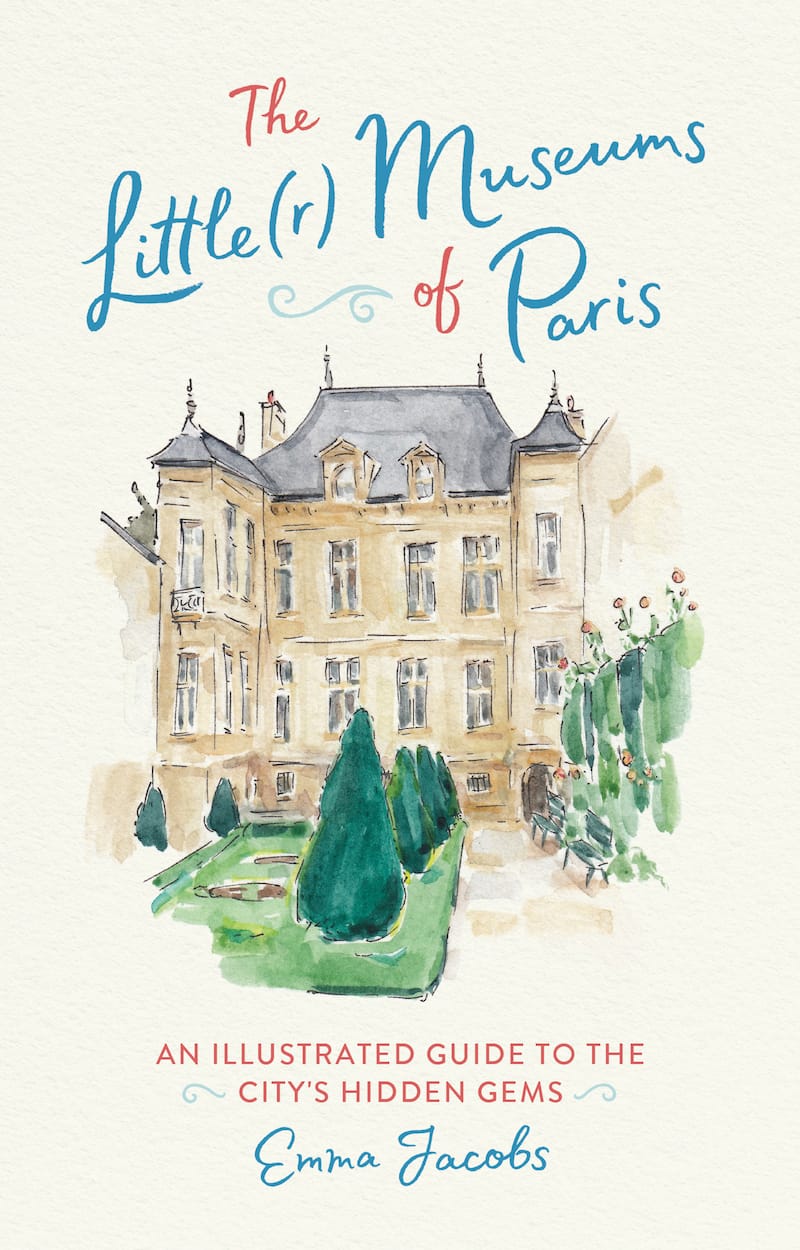
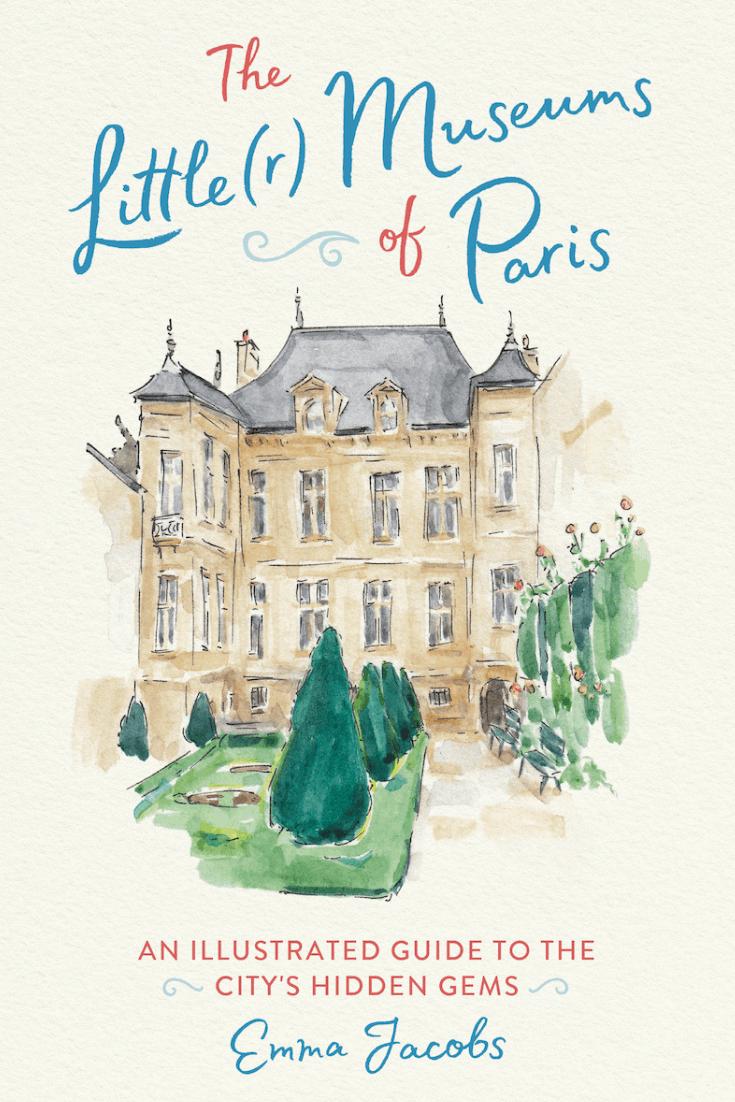
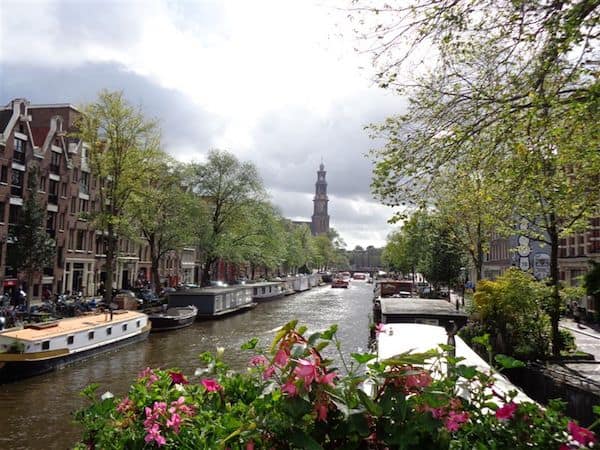


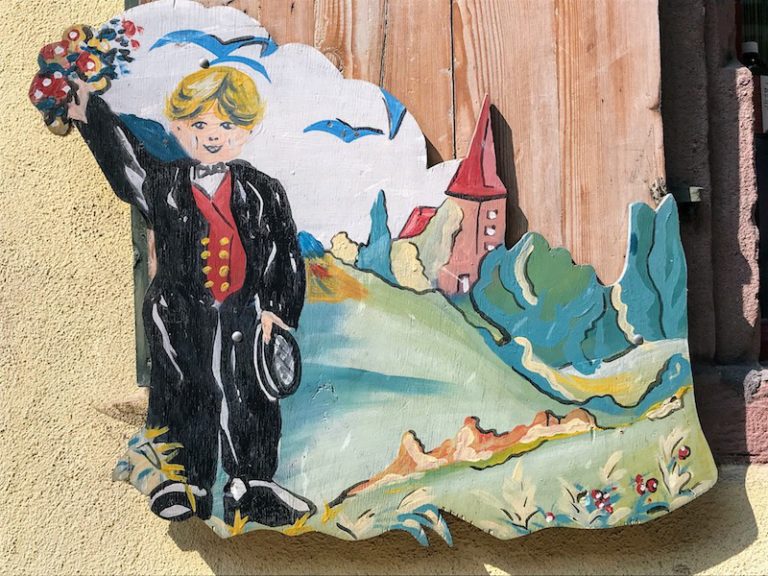


Very interesting little book. I would love to see the Monet collection at the Marmottan Monet Museum and the Phono Museum.
Each one seems worthwhile. 🙂
I would like to visit one of these little museums of Paris most especially because that would mean I was in Paris! And the first museum I would head to is the Monet, but of course. This book is delightful, and I adore the charming illustrations. I do hope I win it!
I fell in love with the author’s illustrations, too!
I’d never heard of these museums — Paris has so many famous ones. I’d definitely like to visit Musée Marmottan Monet!
Especially good for those travellers who have been to Paris and have already seen the ‘big attractions’. These little museums are the kind of hidden gems that make you feel like you’ve discovered something only locals know about. Plus you never know what you’ll see just finding your way to them.
These museums look fun. The Phono Museum is especially intriguing.
The museums may be small, but their collections seem mighty. Looks like a fun read to prep for a future visit to one of my favorite destinations.
I have been to the Marmottan Monet Museum. I was upset when I learned that I could no take photos for personal use, but now that I have learned that someone stole ‘Impression’ I can understand why. I would love to visit the rest of the museums on the list. As a side note, if you think you have seen ‘Impression’ because you have seen a print, think again. There is not one single print, postcard, or book plate, that gets the color right. This is my most highly recommended museum!
This book looks like the perfect guide for these off the beaten path museums! Not only is it informative it is also beautiful!
Paris is such an amazing place and so is this post. There are museums which are not covered by other mainstream bloggers. Good work. Keep it up.
I will be in Paris this fall and it is the first time I am traveling on my own – looking to see the museums that are off the beaten path and this book is a great guide!
I’ve been to the major museums of Paris and would love to explore the hidden gems in that magical city. Each little adventure brings you to a corner of Paris you might not have seen otherwise.
I would love to visit one of these museums to get a real feel for Paris.
I would love to visit one of these museums because I think it would be amazing to view the unique collections that each one has and I would love to explore Paris.
I would like to visit a small museum in Paris because it would be more charming than battling the crowds at the Louvre.
I love museums and could visit one everyday if I had that many near me.
The book looks so cute. And, I’m not a flier, so I’d love to visit Paris via this book. 🙂
The book looks so cute. And, I’m not a flier, so I’d love to visit Paris via this book. 🙂
I’ve only ever spent a few days in Paris and we visited all the well-known sites. I’d love to go back and investigate more. These small museums all sound delightful and would be marvelous to explore. My granddaughter just finished her Masters program and is working in a small museum, so she’d love this book too. (Of course, she’d also love a trip to Paris.)
I have been to Paris once but would love to go back and see these small museums.
i love those illustrations–and size doesnt matter!
RETIRED. So I can finally travel. This museum sounds perfect.
The art and beauty looks amazing! 🙂
I would like to visit because I love all things Paris.
I’ve never done it before.
I would love to go to Paris and see new things
I can really use this book to plan where to go when I hopefully go to Paris as I want to avoid tourist trap locations.
Paris is a dream vacation and the museums I can only imagine how nice they are. This book is awesome and would love to win. Thank you
I would like to visit a small museum in Paris because I would have to go to Paris to do so!
Sounds like a great book! I would love to read it!
I love visiting small less known museums. Not only are they less crowded, they offer insight into life that just isn’t found in the big museums. And seeing some in Paris would be wonderful.
Monet all the way for a small museum visit! All the way to Paris, that is!